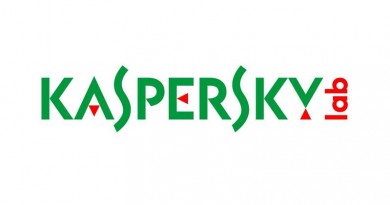The AI Rush: Alibaba launches two AI models, Qwen-VL and Qwen-VL-Chat, that can understand images and complex conversations
As the global competition for technological leadership heats up, Alibaba released new artificial intelligence model, Qwen-VL and Qwen-VL-Chat, on Friday that the firm claims can analyze photos and carry out more complex dialogues than the business’s prior offerings.
The Chinese technology behemoth announced that its two new models, Qwen-VL and Qwen-VL-Chat, will be open source, allowing researchers, academia, and businesses around the world to utilize them to construct their own AI apps without having to train their own systems, saving time and money.
According to Alibaba, Qwen-VL can react to open-ended questions about various photographs and generate picture captions.
Meanwhile, Qwen-VL-Chat, according to Alibaba, caters to more “complex interaction,” such as comparing various image inputs and answering many rounds of questions. Qwen-VL-Chat, according to Alibaba, can write stories, create graphics based on photos entered by the user, and solve mathematical equations given in a picture.
Alibaba provided an example of an input that included a Chinese hospital sign. By analyzing the image of the sign, the AI can answer inquiries regarding the locations of various medical departments.
So date, much of generative AI — technology that develops responses based on human inputs — has concentrated on text response. Like Qwen-VL-Chat, the current version of OpenAI’s ChatGPT can understand images and answer in text.
Alibaba’s two most recent models are based on the company’s huge language model, Tongyi Qianwen, which was launched earlier this year. An LLM is an AI model that has been trained on massive quantities of data and serves as the foundation for chatbot applications.
This month, the Hangzhou-based startup open sourced two more AI models. While the open-source distribution will not earn Alibaba any licensing fees, it will help the company gain more customers for its AI model — at a time when the firm’s cloud division is attempting to restart growth as it prepares to go public. SOURCE: CNBC.COM




